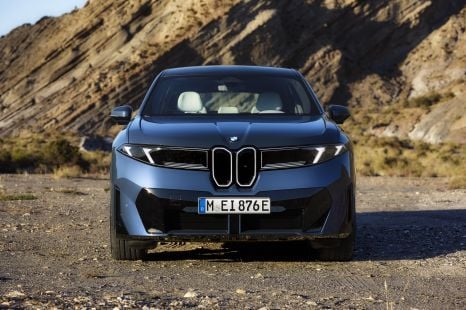

William Stopford
The CarExpert team's favourite reveals from the Munich motor show
5 Hours Ago

Journalist
Not only are Hyundai and Toyota fighting over sales, their rivalry now extends to world records.
Just weeks after Hyundai Nexo set the world record for the distance travelled by a hydrogen fuel cell car after a complete fill up, the Toyota Mirai has wrestled its crown away.
Last month, Hyundai set a record of 887.5km on trip that started on the edges of Melbourne, and ended up north of Broken Hill.
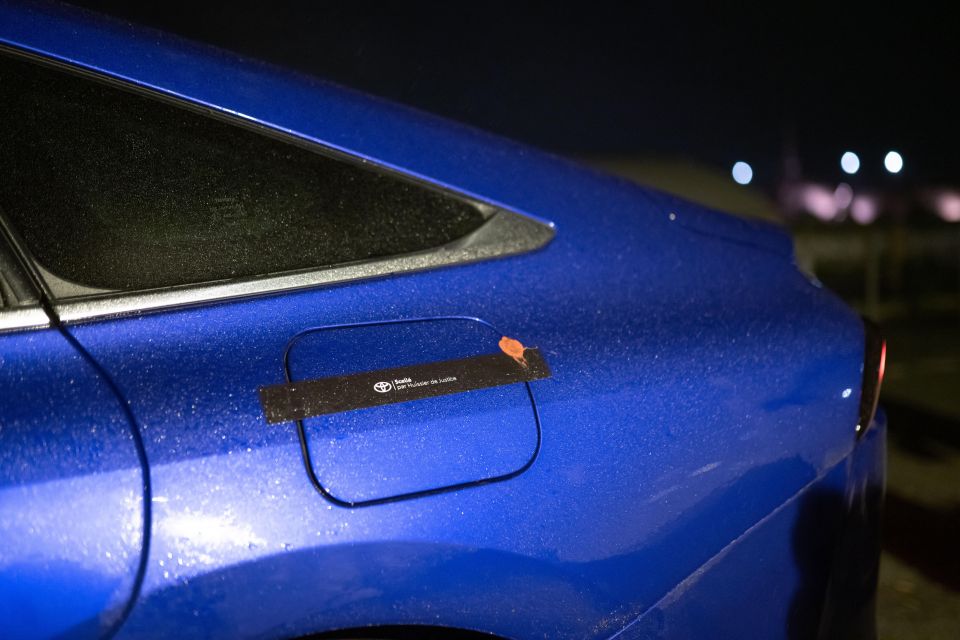
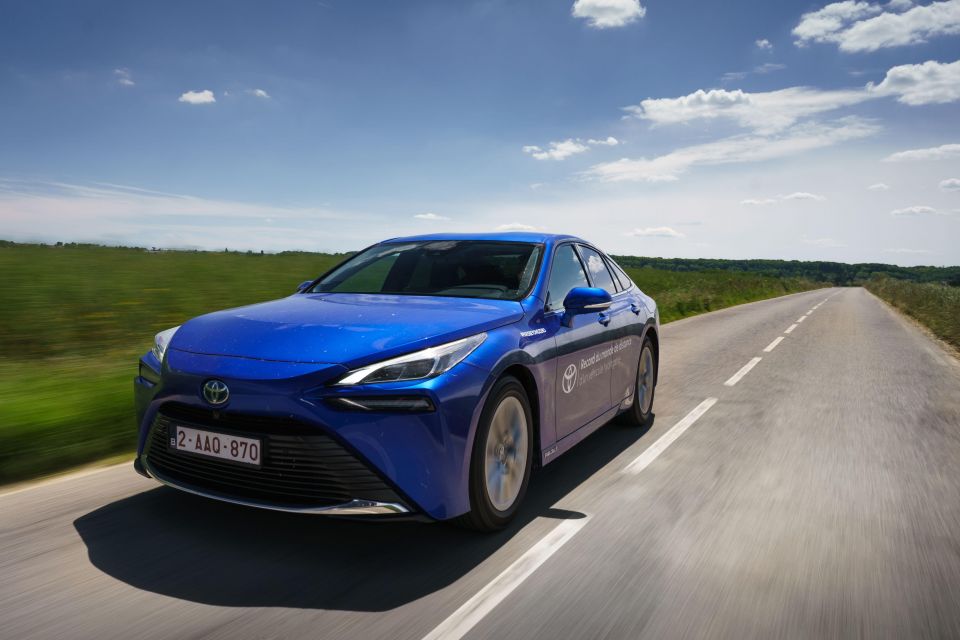
The record now stands at 1003km with a route that started at a hydrogen filling station in Orly, a suburb south of Paris. After being filled up at around 5.40am, the car’s tank flap was sealed with tape and wax.
After that the car and its entourage went through Paris, across the beautiful Loire Valley to the south-west of the city, and back to Paris.
After crossing the finishing line near the Eiffel Tower, the on-board systems indicated the car still had 9km of range left.
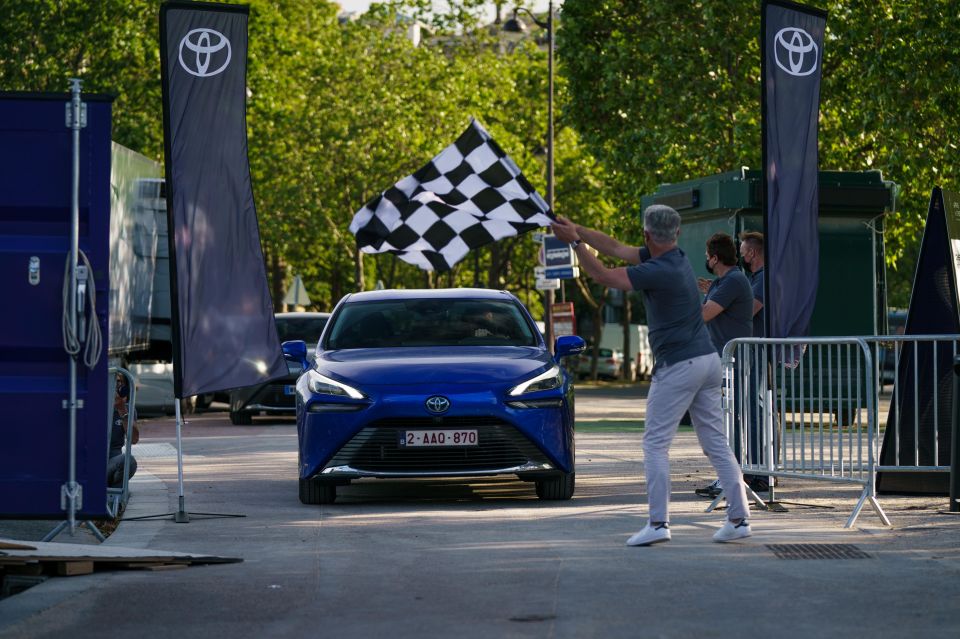
Four drivers drove the Mirai during its world record run. One was Victorien Erussard, founder of Energy Observer, a team that has built a carbon-neutral boat powered by wind, solar, hydro, and hydrogen fuel cell power.
The other drivers were Toyota Europe employees: James Olden (engineer), Maxime le Hir (Mirai product manager) and Marie Gadd (PR manager).
According to Toyota, the four drivers “adopted an ‘eco-driving’ style but no special techniques that could not be used by everyday drivers”.

Ordinarily the Mirai has a driving range of around 650km from its on-board tanks, which can store up to 5.6kg of hydrogen.
This hydrogen is slowly put through a fuel cell where it’s mixed with oxygen drawn from atmosphere to produce electricity that powers an 136kW/300Nm electric motor driving the rear wheels.
There’s also a 1.2kWh lithium-ion battery for storing energy produced by the fuel cell and regenerative braking.
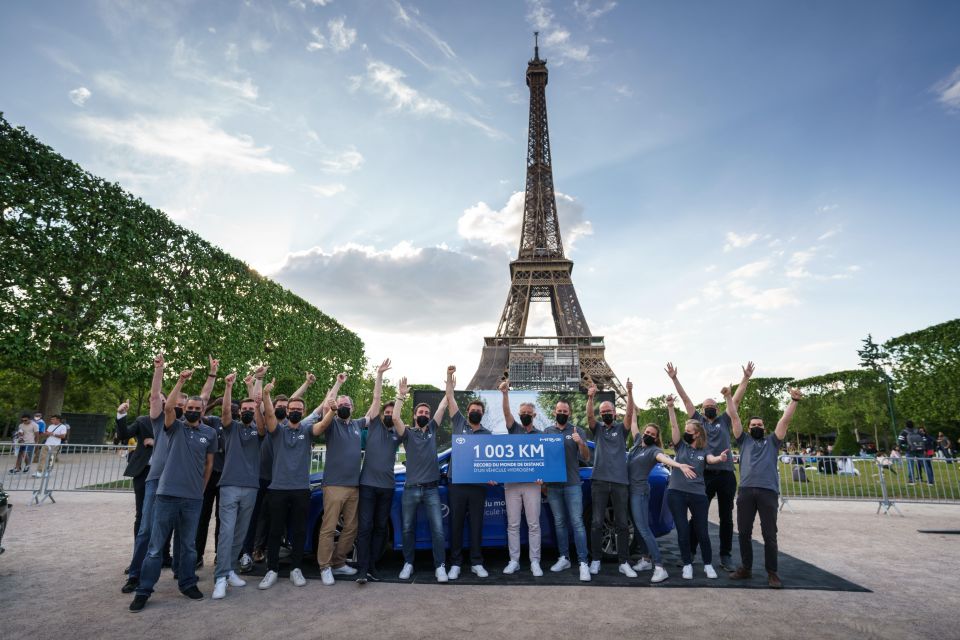
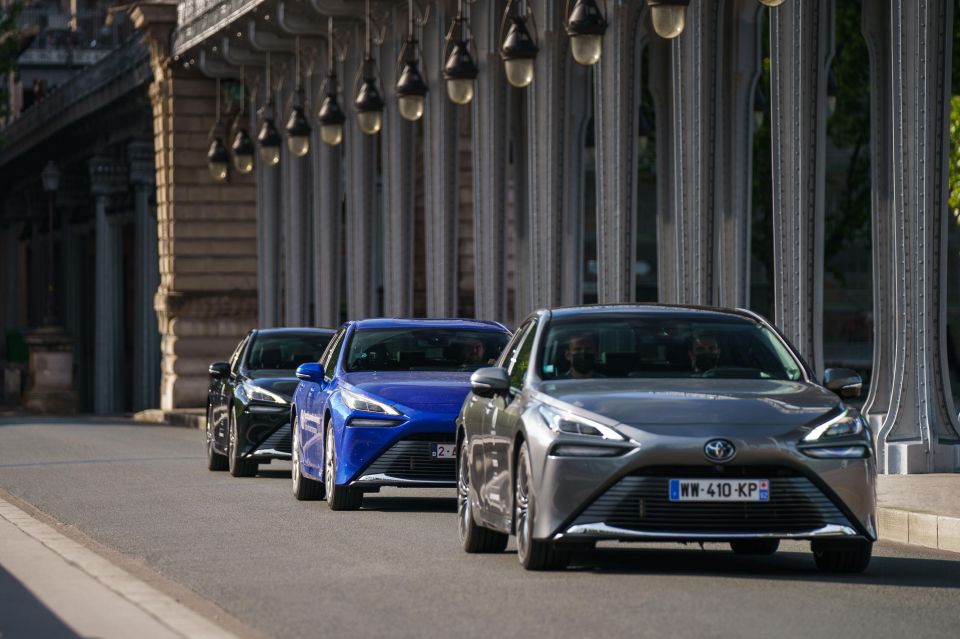
While fuel cell vehicles, such as the Nexo and Mirai, boast impressive ranges and refuelling times of about five minutes, they are handicapped by a lack of refilling infrastructure.
Work also continues on developing an environmentally friendly and efficient method for mass extraction of hydrogen.
Although it is the most abundant element in the universe, most of the hydrogen found on Earth is bound up in compounds, such as water.
Where expert car reviews meet expert car buying – CarExpert gives you trusted advice, personalised service and real savings on your next new car.
Derek Fung would love to tell you about his multiple degrees, but he's too busy writing up some news right now. In his spare time Derek loves chasing automotive rabbits down the hole. Based in New York, New York, Derek loves to travel and is very much a window not an aisle person.


William Stopford
5 Hours Ago
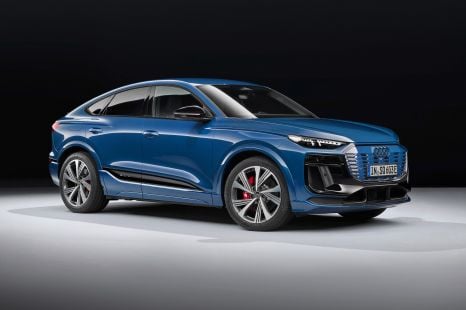

William Stopford
5 Hours Ago
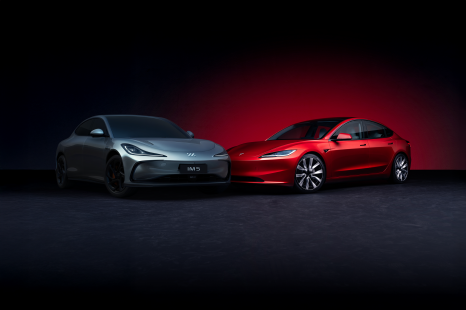

Andrew Maclean
6 Hours Ago


Derek Fung
6 Hours Ago
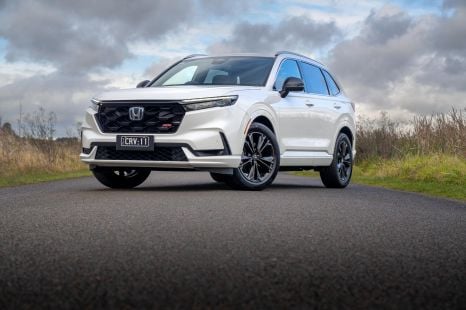

Andrew Maclean
6 Hours Ago


Ben Zachariah
1 Day Ago